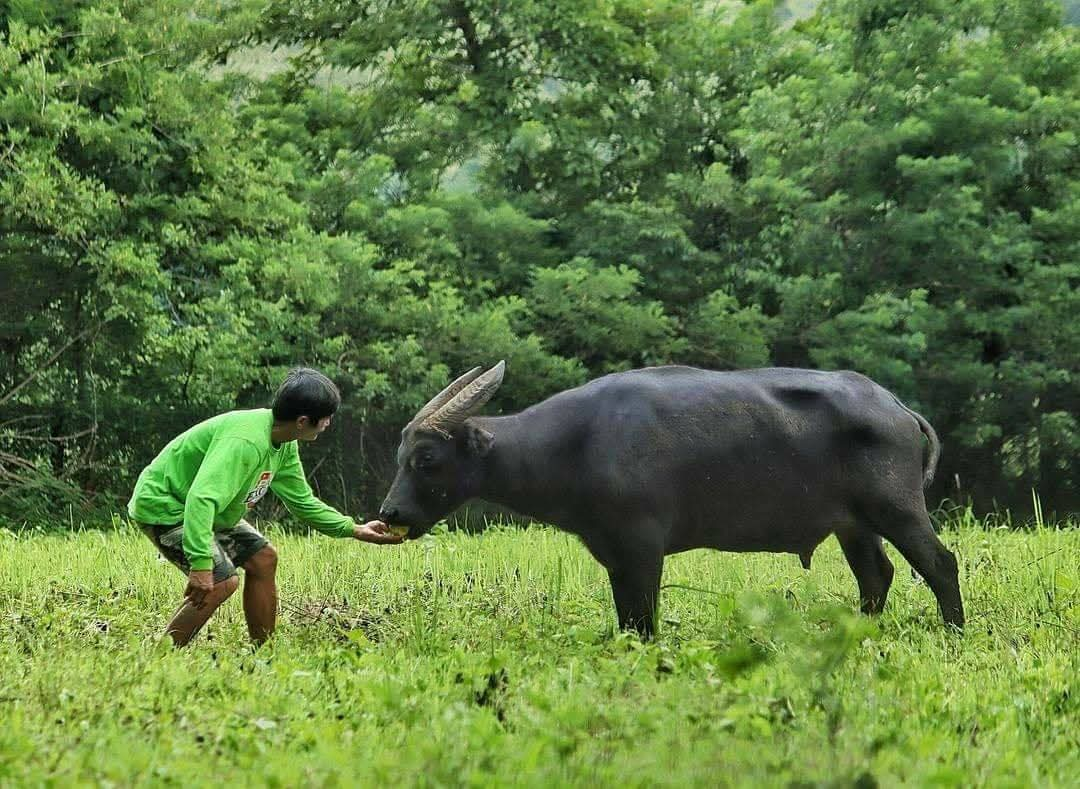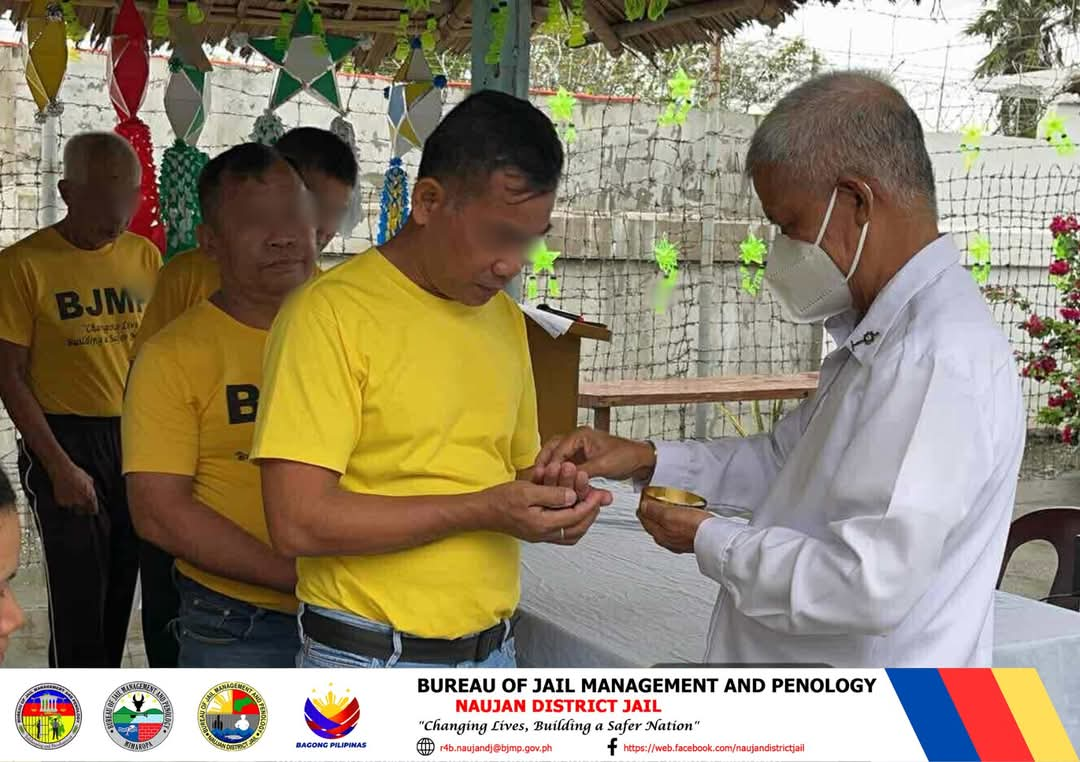Toyota Motor Philippines has launched a conservation drive to protect the critically endangered Tamaraw, a dwarf buffalo species that inspired one of its most recognizable vehicle models in Southeast Asia.
The Japanese automaker’s philanthropic arm signed an agreement with the Philippine government (thru the DENR) in December 2024 to support rangers protecting the last remaining habitats of the Tamaraw, found only on Mindoro Island.
With just 500-600 Tamaraws left in the wild, the species faces a real threat of extinction, according to the International Union for Conservation of Nature (IUCN).
In a symbolic move, Toyota will provide a new Tamaraw vehicle – the modern version of the utility vehicle first launched in 1976 – to help rangers patrol remote areas where the buffalo still roams.
“The Tamaraw exhibits power packed in its adaptable body. Its resilience and uniqueness mirror Filipino identity,” said Masando Hashimoto, President of Toyota Motor Philippines, at the signing ceremony in Makati City last month.
The company has pledged P3 million for conservation efforts, including research and support for indigenous communities involved in protecting the species.
An additional P500,000 worth of equipment will be provided to rangers.

The partnership builds on the Philippine government’s long-running Tamaraw Conservation Program, established in 1979 when the species was already in decline.
The dwarf buffalo, standing at just over a meter tall at the shoulder, has seen its population decimated by hunting and habitat loss over the past century.
Conservation efforts have helped stabilize numbers, but the species remains critically endangered.
For Toyota, the project represents more than just corporate social responsibility.
The Tamaraw vehicle, a popular utility pickup in the Philippines since the 1970s, was named after the buffalo – creating what the company calls an “indelible” connection with Filipino society.
The conservation program will focus on regular habitat monitoring, research, and public awareness campaigns.
Indigenous peoples and local communities will play a crucial role in protection efforts, supported by the new resources.
“Together, we must ensure the Tamaraw will co-exist in harmony with today’s and future generations,” Hashimoto said.
Critically Endangered Tamaraw Sees Glimmer of Hope
The tamaraw is on the brink of extinction.
However, conservation efforts are showing signs of progress, with the population increasing to 523 individuals in 2018, up from just 154 in 2000.
The Department of Environment and Natural Resources (DENR) and various NGOs have been leading the charge to protect the tamaraw, which is threatened by habitat loss, poaching, and other human activities.
The majority of the remaining tamaraws reside in the Mounts Iglit-Baco Natural Park, a critical refuge for the species.
Innovative projects, such as Project MATAPAT, are using techniques like camera trapping and habitat suitability analysis to monitor tamaraw populations and identify key areas for conservation.
The project also collaborates with local indigenous communities, including the Iraya-Mangyan tribes, to ensure that conservation efforts are culturally sensitive and beneficial to local livelihoods.
Despite these positive developments, the tamaraw remains critically endangered, with habitat degradation and poaching posing threats to its survival.
The International Union for Conservation of Nature (IUCN) has stressed the urgent need for ongoing conservation measures.
To address these challenges, the National Tamaraw Conservation Action Plan aims to combat poaching, manage invasive species, and promote sustainable land-use practices among local populations.
Educational campaigns are also being implemented to raise awareness about the ecological importance of the tamaraw and encourage Mindoreño communities to participate in conservation activities.
While challenges remain, the progress made so far offers hope for the future of this unique species.
Continued efforts are essential to ensure that the tamaraw not only survives but thrives in its native habitat in Mindoro Island.
Photo Credit: Oriental Mindoro Tourism Office and Toyota Philippines FB Page









Write Your Comment